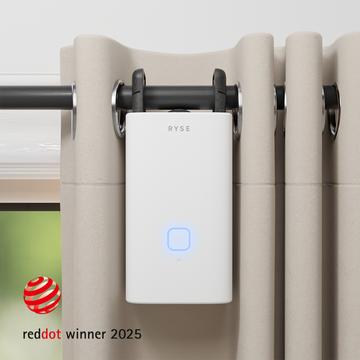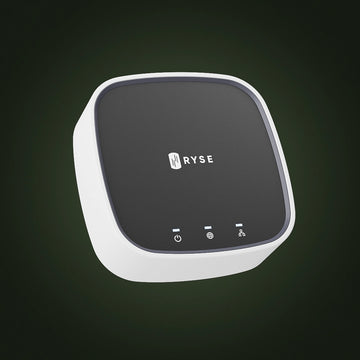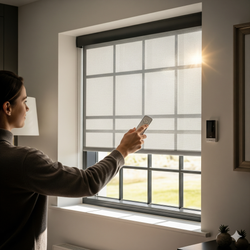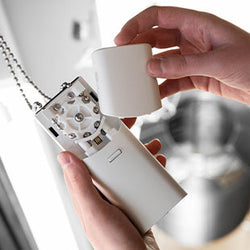What You’ll Learn
In this guide, we will cover the following topics in clear and practical terms:
-
The distinction between motorized, automated, and smart blinds
-
The key components of an automatic blinds system, including motors, sensors, and control interfaces
-
How blinds can be programmed to align with daily schedules and sleep cycles
-
Criteria for selecting a smart blinds system that best suits your lifestyle
Why Automatic Blinds Matter
Most homeowners are familiar with the frustration of constantly adjusting blinds to manage shifting sunlight. Automatic blinds provide a modern solution, combining convenience with improved comfort, energy efficiency, and overall quality of life. This guide explains how these systems function, their benefits, and what to consider when selecting the right option.
What Are Automatic Blinds?
Automatic blinds are window coverings equipped with a motor that allows them to open and close without manual effort. They can be installed as new systems or retrofitted to existing blinds.
Motorized vs. Automated vs. Smart Blinds
-
Motorized blinds: Operated by a motor, controlled via a switch or remote.
-
Automated blinds: Operate according to pre-set schedules or timers.
-
Smart blinds: Integrate with apps, voice assistants, and sensors to respond dynamically to daily routines or environmental conditions.
How Do They Work?
Key components include:
-
Motor unit: Powers the blinds’ movement.
-
Control interface: Smartphone app, remote, wall switch, or voice assistant.
-
Power source: Rechargeable batteries, plug-in adapters, or solar-powered options.
Benefits of Automatic Blinds
Light, Sleep, and Wellbeing
Light exposure is closely tied to the body’s circadian rhythm. Automatic blinds can:
-
Block light at night to promote melatonin production and improve sleep quality
-
Allow gradual exposure to natural light in the morning, supporting healthier wake cycles
-
Maintain consistent light conditions throughout the day to improve focus, productivity, and mood
Temperature Control and Energy Efficiency
Blinds also influence indoor temperature regulation:
-
Lowering blinds during peak sunlight reduces heat gain and air conditioning costs
-
Raising blinds in winter allows natural warmth to reduce heating demands
-
Consistent scheduling minimizes energy waste, lowering utility bills
Accessibility and Daily Convenience
Automatic blinds simplify home management for individuals with busy schedules or mobility challenges. They provide hands-free, scheduled, or remote operation that integrates seamlessly into modern living.
Selecting the Right Smart Blind System
When evaluating options, consider:
-
Compatibility: Retrofit solutions avoid the need to replace existing blinds.
-
Ease of installation: The best systems require no drilling, rewiring, or professional setup.
-
Control flexibility: Look for systems offering multiple control options (apps, schedules, voice commands).
-
Smart home integration: Ensure compatibility with Alexa, Google Home, or Apple HomeKit.
-
Design: Compact, minimal devices that do not detract from interior aesthetics.
Do You Need to Replace Your Blinds?
In most cases, replacement is unnecessary. Retrofit solutions are designed to work with common bead chain-operated blinds, including larger or heavier window treatments. This ensures compatibility without waste or disruption.
Conclusion
Automatic blinds are no longer a luxury; they are a practical upgrade that improves comfort, energy efficiency, and wellbeing. Retrofit solutions, such as RYSE SmartShade, make it possible to modernize existing blinds with minimal effort, delivering long-term benefits in sleep quality, energy savings, and daily convenience.







